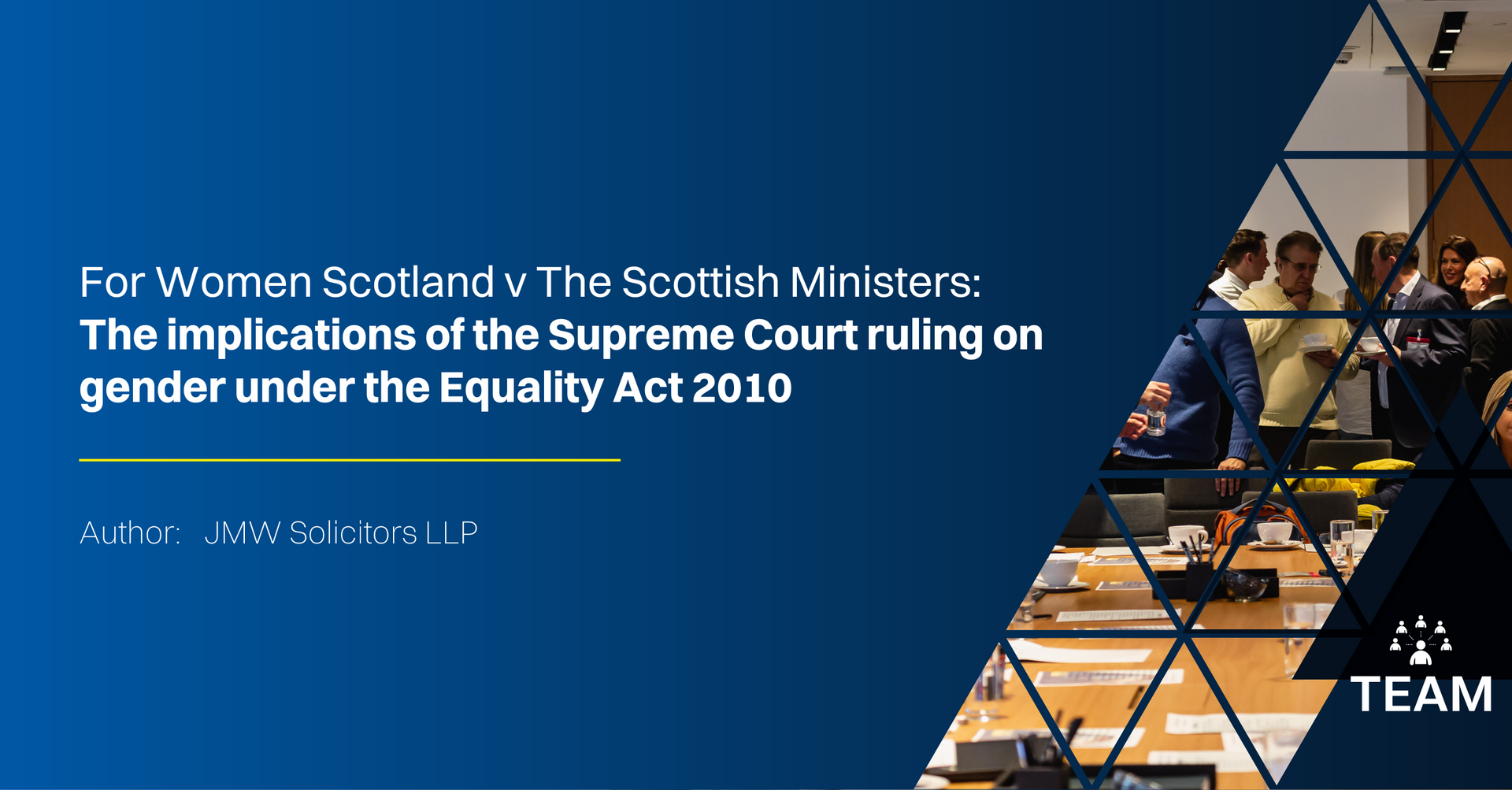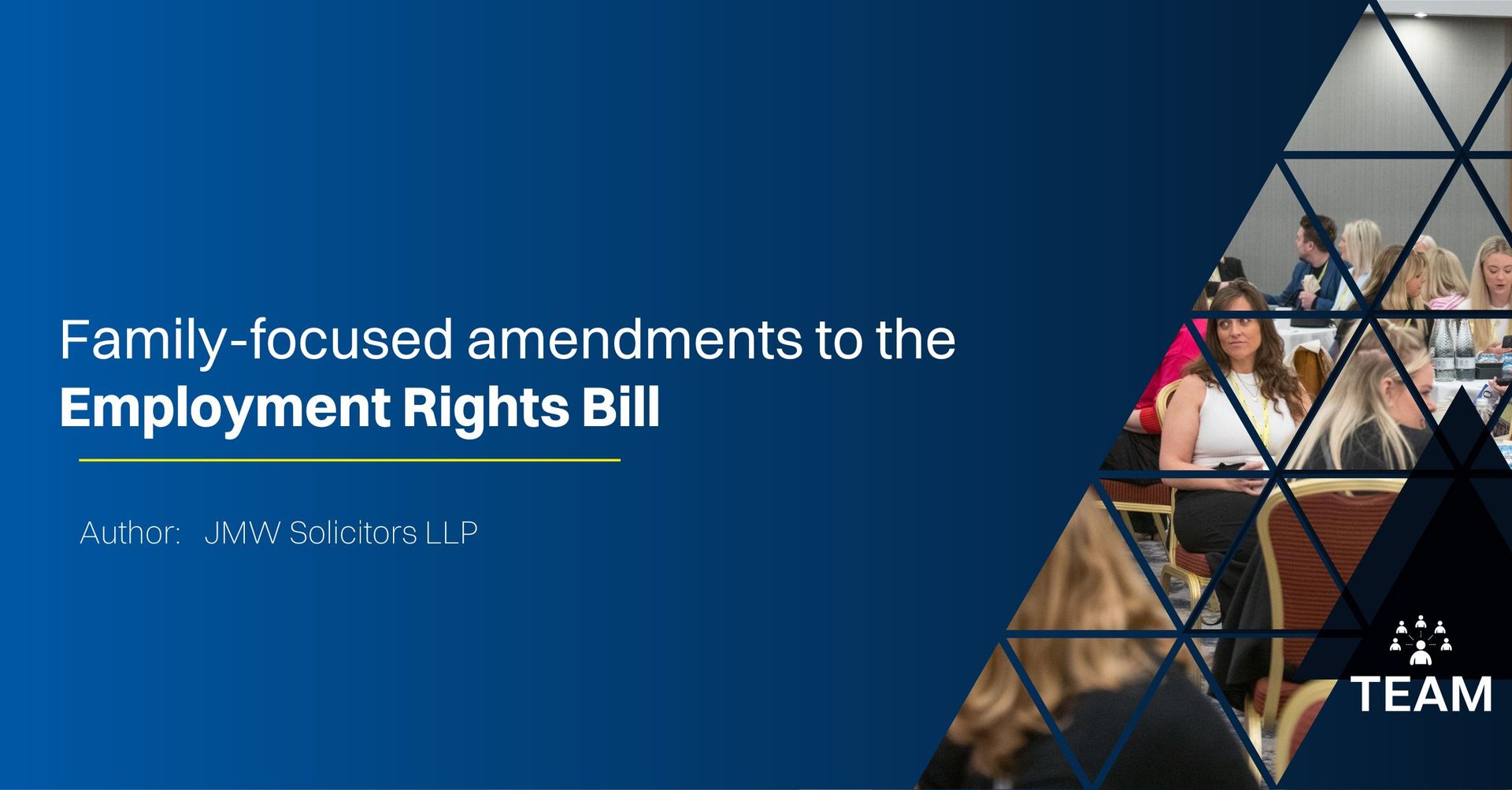Introducing the New TEAM Website: Your Go-To Resource for Recruitment Success

We are thrilled to announce the launch of our brand-new TEAM website! As we enter our 30th year, we wanted a fresh new look that reflects our commitment to innovation and excellence in the recruitment industry. Designed with our Members in mind, the website is your ultimate destination for everything related to recruitment success. Let's dive into what this exciting new platform offers and what you can expect from our upcoming blog.
A Fresh, User-Friendly Design
Our new website boasts a modern, user-friendly design that makes it easier than ever to find the information you need. Whether you're a start-up, solo business owner, or an established recruitment agency, our site is tailored to help you navigate the vast resources available to you as a TEAM Member.
Introducing the TEAM Blog
Our blog is a new feature we're particularly excited about. It will be your go-to source for insights, tips, and updates on the recruitment industry. Here’s a sneak peek at what you can expect:
Expert Insights
Gain valuable perspectives from industry leaders and recruitment experts. From the latest trends to actionable advice, our blog will keep you informed and ahead of the curve.
Success Stories
Be inspired by success stories from our Members. Learn how others in the TEAM community have overcome challenges, seized opportunities, and achieved their business goals.
Event Highlights
Missed an event? No problem! Our blog will feature highlights and key takeaways from TEAM events, ensuring you stay in the loop even if you couldn't attend in person.
Member Spotlights
Get to know the diverse and dynamic Members of TEAM. Our Member Spotlight series will showcase the people and businesses that make our community vibrant and strong.
Practical Tips
Looking for practical advice on running your recruitment business? Our blog will offer tips on everything from marketing strategies and technology tools to best practices in talent acquisition and management.
Join the Conversation
Our new website and blog are not just about providing information; they are about fostering a community. We encourage you to join the conversation by leaving comments, sharing posts, and engaging with other Members. Your insights and experiences are invaluable to us and the broader TEAM community.
Stay Tuned
We have a lot in store, and we can’t wait to share it with you. Make sure to bookmark our blog and check back regularly for the latest updates. Together, we will continue to build the best recruitment network for independently owned recruitment businesses.
We’re looking forward to embarking on this new journey with you. Stay connected, stay informed, and let’s grow together with the new TEAM website and blog. See you online and at our upcoming events!












